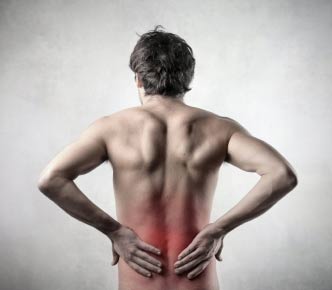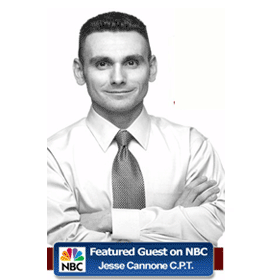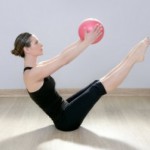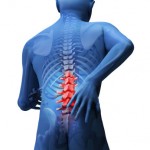Spinal Cord Stimulator Surgery For Back Pain Relief
The use of spinal cord stimulators for spinal cord stimulator surgery for back pain relief were recommended by the Food and Drug Administration in the USA, wherein a pulse generator is used to assess the position of the patient through paddle leads, which are inserted into the spine through minimum insertions.
The use of cylindrical leads has been recently recommended as they are capable of sending energy everywhere throughout the body whereas paddle leads send energy only to the spinal cord. Energy consumed by paddle leads is minimal, which therefore reduces the need for changing a battery until after a long period of use. Doctors say that patients who experience a paddle lead implant have gone on to say that that while the neurostimulator was activated, they felt like a massage therapy was being applied.
This method of treatment is for those who have explored all avenues of alternative and conservative therapy, and they should have had no other options than to go for either paddle lead or cylindrical lead therapy. The best option followed by medical practitioners is a preliminary trial of a lead that is temporary inserted and stimulated to check how efficacious it is. Patients should only be advised to undergo this type of treatment when they feel at least 75% relief following the successful trial with the leads.
Spinal Cord Stimulator Surgery For Back Pain Relief
In 2011, the Food and Drug Administration approved the use of spinal cord stimulators using a pulse generator that senses a patient’s position and “paddle leads” that are placed into a patient through a minimally invasive incision using a special insertion device.
The Integrative Pain Management Clinic, or IPMC, had been performing a similar type of pain management technique before, using “cylindrical leads” instead. The paddle leads and cylindrical leads are shaped differently and deliver their charges differently as well, the cylindrical leads send energy everywhere, while the paddle leads sends energy to just the spinal cord.
Additionally, the paddle leads use less energy, so patients fitted with the devices don’t need to change the device’s battery as often.
Dr. Phillip Lim, a pain management physician at the IPMC, performed the first paddle lead implant in Hawaii at Tripler in February. He said a lot of patients say it feels like a massage when the neurostimulator is activated.
“A few patients have even moaned from relief when I turn on the stimulation,” Lim said with a laugh. “The technology has gotten so good over the years (with spinal cord stimulators).”
Maj. Brian McLean, chief, Pain Medicine and Interventional Pain Services, said the treatment is for patients with severe neuropathic pain, who have exhausted all other avenues of relief and treatment.
“We start with a three to seven day trial using a temporary lead similar to an epidural,” McLean explained. “We do not want to (implant) a permanent lead unless the trial offers them at least 75 percent pain relief and improvement in function.”
For Maggie Peeler, who recently received a permanent cylindrical lead implant, the spinal cord stimulator promises her relief from lower back and leg pain after an injury 10 years ago.
Peeler said after her five-day lead trial when they removed the temporary lead, she realized how much pain she had learned to live with and was anxious to receive the permanent lead.
“The procedure is done on a large number of patients for a wide variety of neuropathic pain reasons,” McLean said. “It is a very powerful tool to help with chronic pain. Unlike medications and injections, it’s not temporary relief; it is continuous, long-lasting relief.”
McLean said that in addition to the lead advancements, the new devices can sense a patient’s movement and adjust stimulation based on the position of their body.
McLean said the important thing for beneficiaries to know is that the IPMC can provide pain relief without pain medications.
“Our goal is to not just improve their level of pain, but their function,” McLean said.
The spinal cord stimulator has also aided in retention and readiness.
“Soldiers have even deployed with the spinal cord stimulator in,” McLean said. “It saves the Army from discharging a Soldier with severe chronic pain.”
Read more articles here.
Treatment through spinal cord stimulator surgery for back pain relief with permanent leads, either the paddle or cylindrical ones, has been successful in providing long term relief to patients quite dissimilar to injections and traditional medications. Medical professionals engaged in the treatment of back pain have recommended the methods whereby relief from back pain is obtained without any medication for back pain treatment. The “spinal cord stimulator” has worked wonders according to medical surveys.
In this video Dr. John Folkerts explains common causes of back pain.
This video shows how a spinal cord stimulator works and the procedure is done by by Nilesh Kotecha, M.D., F.A.C.S.
To get more options on back pain relief – check out the free book – The 7 Day Back Pain Cure – from the Healthy Back Institute. It is available below for a limited time.
You might also like:
Tags: spinal cord stimulator surgery, Spinal Cord Stimulator Surgery For Back Pain Relief, Treatment















